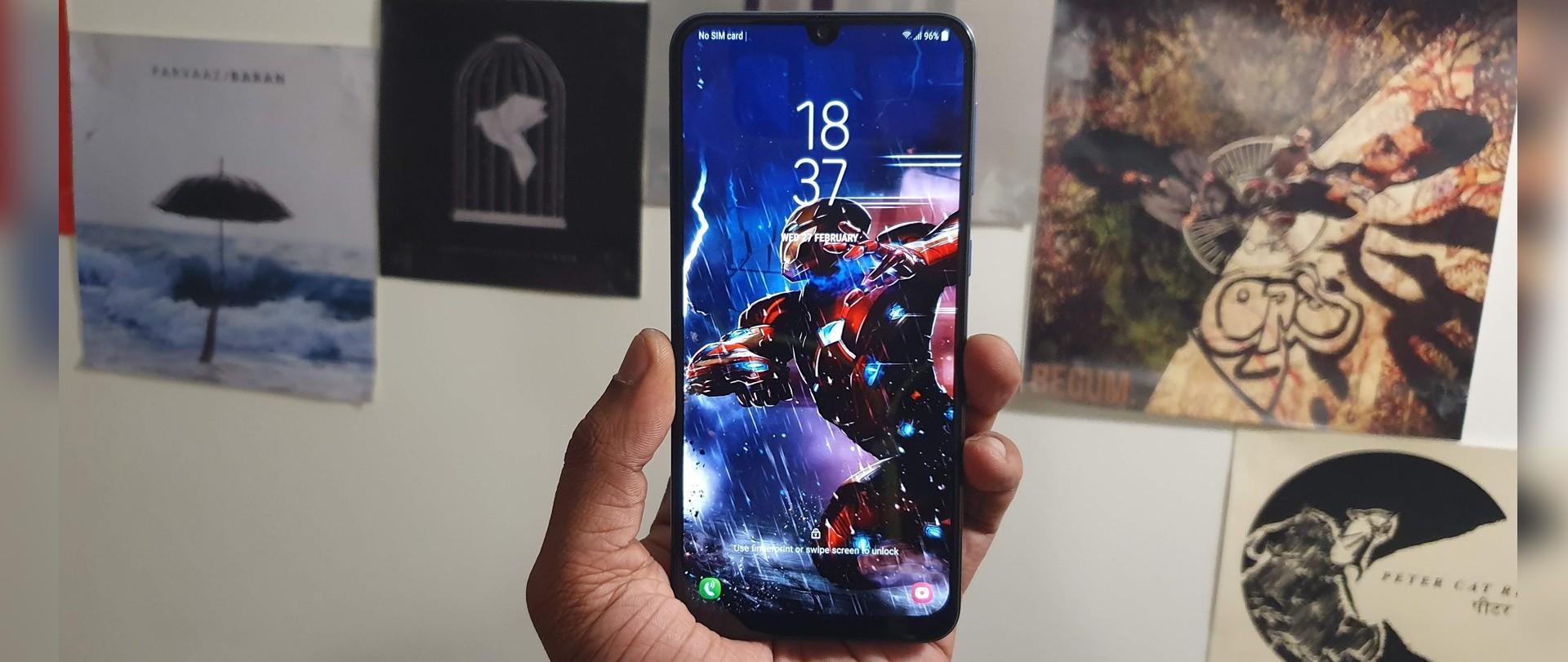TechRadar Verdict
Samsung's mid-range made for millenials phone has little to offer over its younger sibling. With a vivid display and a battery that'll last for days, the Galaxy M30 is pleasant for watching shows and films. However, with certain caveats.
Pros
- +
Vibrant AMOLED display
- +
Great viewing experience
- +
5,000mAh battery
- +
Ultra-wide angle camera
- +
Samsung Experience UI
Cons
- -
Slightly wider bottom bezel
- -
Substandard cameras
- -
Not good for gaming
Why you can trust TechRadar
Samsung Galaxy M30 is the third phone in the company’s millennial-centric M-series which was announced in February 2019. Samsung is also doubling down on its offerings in India as it launched the all-new A-series shortly after the M30.
This is largely due to the fact that the company hasn’t been able to stay put in the mid-range smartphone market with a product and much of it is captured by Xiaomi anyway. This doesn’t leave Samsung with many options and as a solution, the company presents us with the Galaxy M-series.
For its asking price, the M30 enters the mid-range smartphone segment to challenge Xiaomi’s Redmi Note 7 Pro. But is it able to hold off on its own, we find out.
Samsung Galaxy M30 price and release date
Samsung offers the Galaxy M30 in two variants, one with 4GB of RAM and 64GB storage which is priced at Rs 14,990 and the other with 6GB of RAM and 128GB storage priced at Rs 17,990. The Galaxy M30 is available on Amazon India and Samsung India store.
- Also Read: Xiaomi Redmi Note 7 Pro review
Design
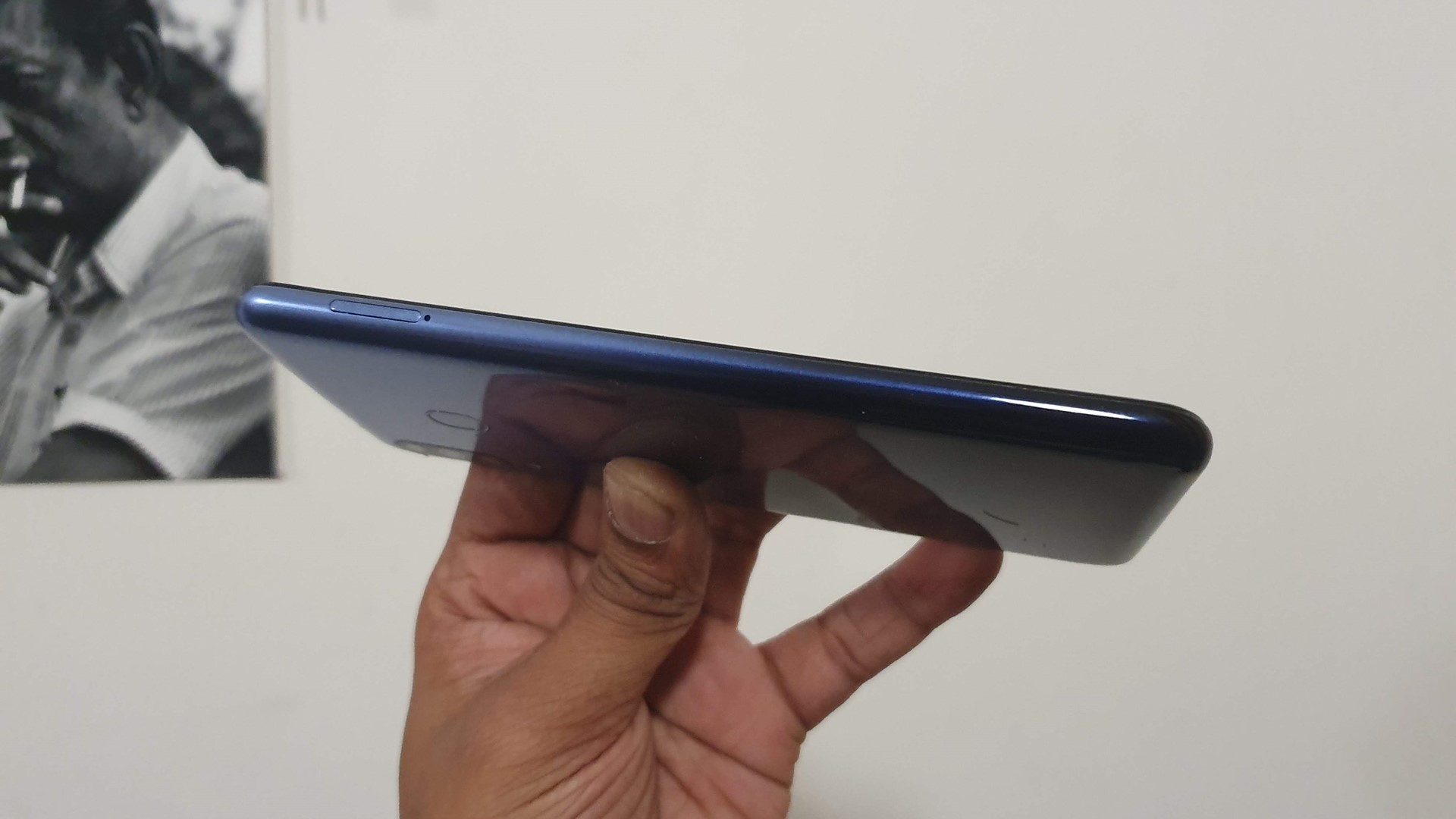
The Galaxy M30 follows the same design language as its younger siblings. It is built from polycarbonate and has a glossy finish on the back. The plastic frame curved around the edges to fit in the display and makes it feel an inherent part of the body.
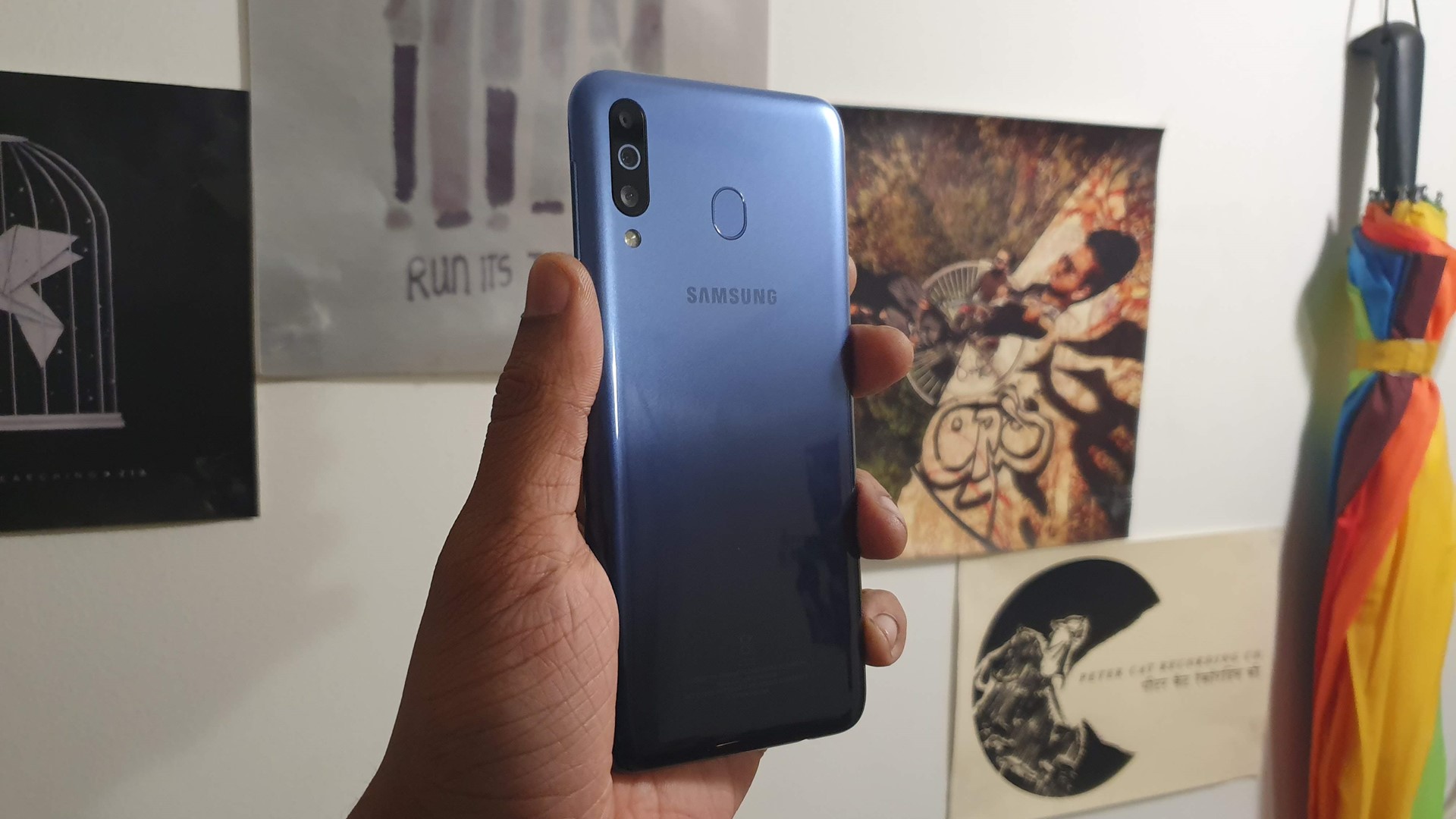
The rear panel is smooth to touch and the gradient blue and black finish look cool. The triple camera array on the back resides in a module on the top right corner with an accented silver ring over the middle sensor.
Overall, the built of the Galaxy M30 feels much similar to the other two phones in this segment. The design is functional, it fits in hand very well and is quite sturdy. Having said that, we would recommend users to put on a case because regular wear and tear shows up as scuff marks after a while.
Display
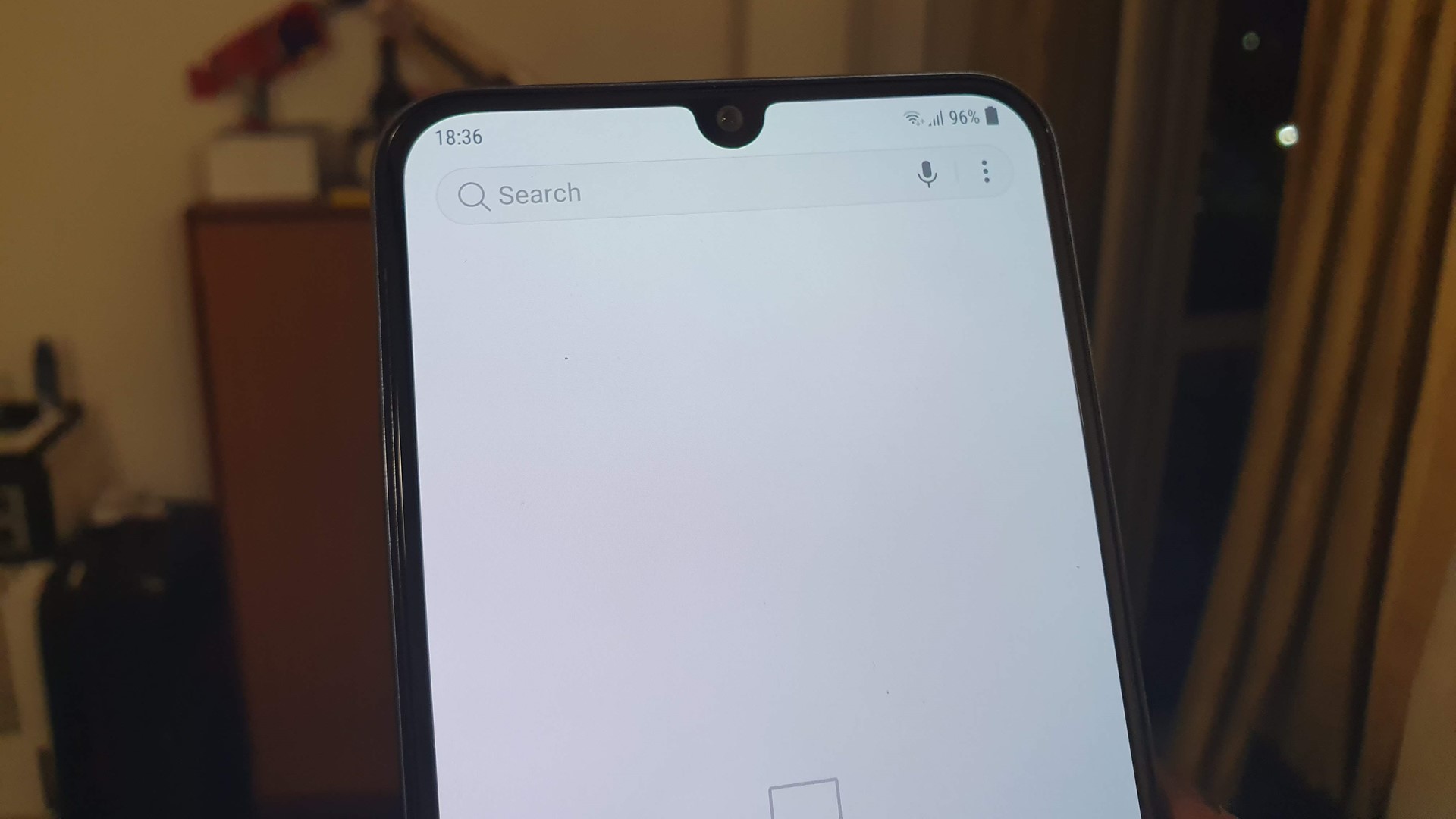
The M30 receives an upgrade in the form of a Super AMOLED panel measuring 6.4-inches. It has a Full HD+ (2280 x 1080 pixels) resolution and sports the company’s infinity-U notch design. This makes for a 19.5:9 aspect ratio of the screen. The Galaxy M30 also happens to be the first M-series phone with the u-shaped notch on the front.
The notched design is even smaller than the regular waterdrop notch found on the Galaxy M10 or M20. Having said that, the M30 has a distinctively wider chin than the M20.
In usage, the Galaxy M30 seems like a good phone to watch videos and listen to music on. The screen leans a bit towards warmer tones but the colours pop out nicely, courtesy of the AMOLED panel. The viewing angles are also great and with maximum brightness, the M30 has excellent sunlight legibility. It comes with Widevine L1 certification and also supports Dolby ATMOS over headphones. Rest assured, we had a good time binging over Netflix on the M30.
Camera
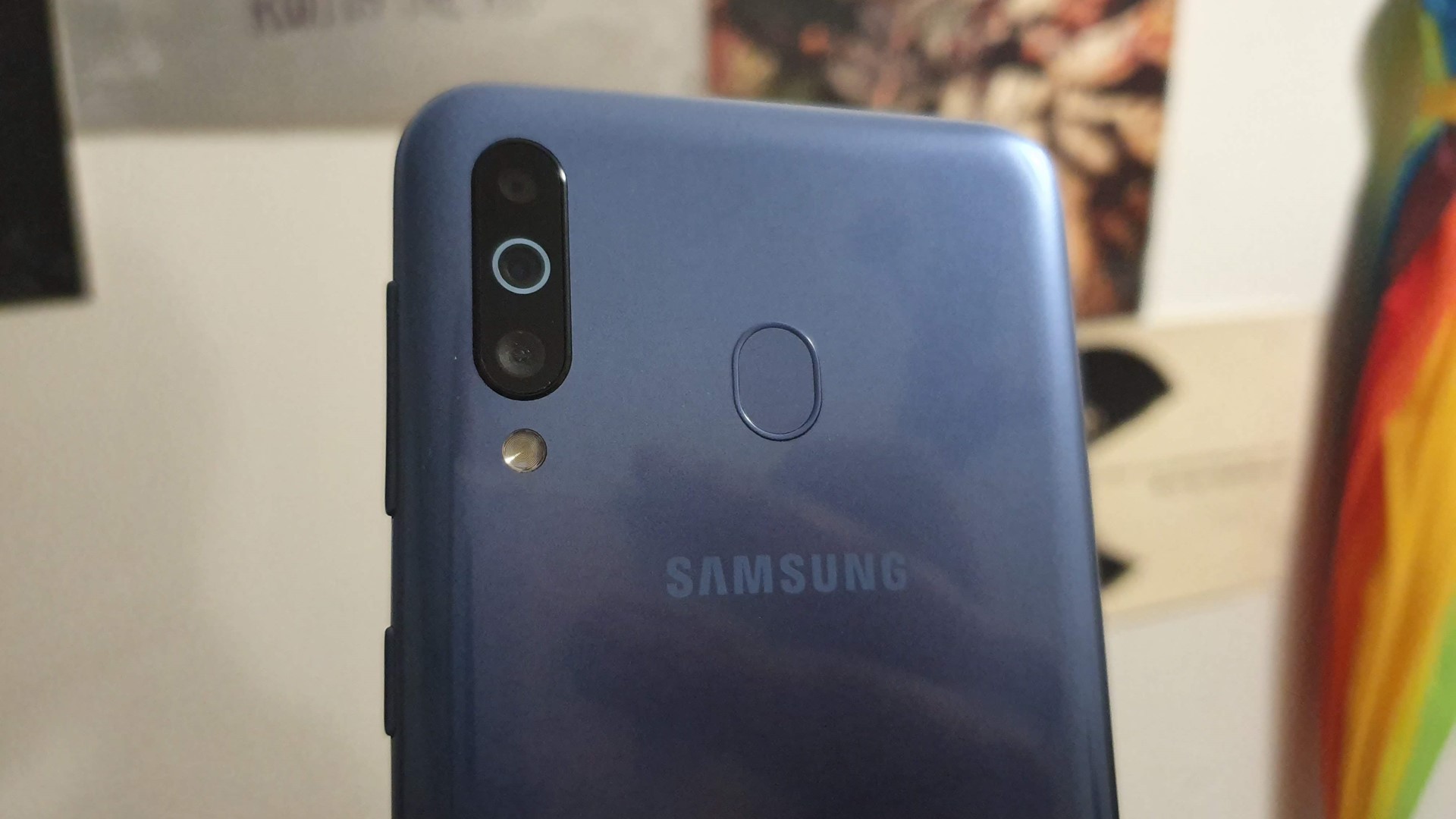
The three camera setup on the M30 consists of a primary 13MP sensor with an f/1.9 aperture coupled with a 5MP depth-sensor and a 5MP ultra-wide angle sensor that enables a 123-degree field of view.
Photography enthusiasts can play around with the wide-angle camera for some landscape imagery but one shouldn’t expect too much. Just be content that a phone offers a wide-angle sensor in the mid-range segment.
In our usage, the Galaxy M30 faces similar problems in the camera department as the M20. The wide-angle pictures we took had more of the scene in the frame but sadly failed in detail retention. Regular pictures felt a bit over-saturated while the clarity and sharpness went for a toss.
As we also noted in our review of the M20, the camera works best in natural light and anything below that leads to sub-par pictures. This holds true of the M30 as well. In low light, the camera is unable to reproduce the kind of clarity the competition is capable of and is marred by noise.
The key upgrade on the M30 over M20 is the addition of the depth sensor which assists the primary sensor in creating images with depth-of-field. On the front, the 16MP camera is below average and fine tunes the images way too much resulting in loss of detail and a bit washed out selfies.
- Samsung Galaxy M30 Camera sample gallery
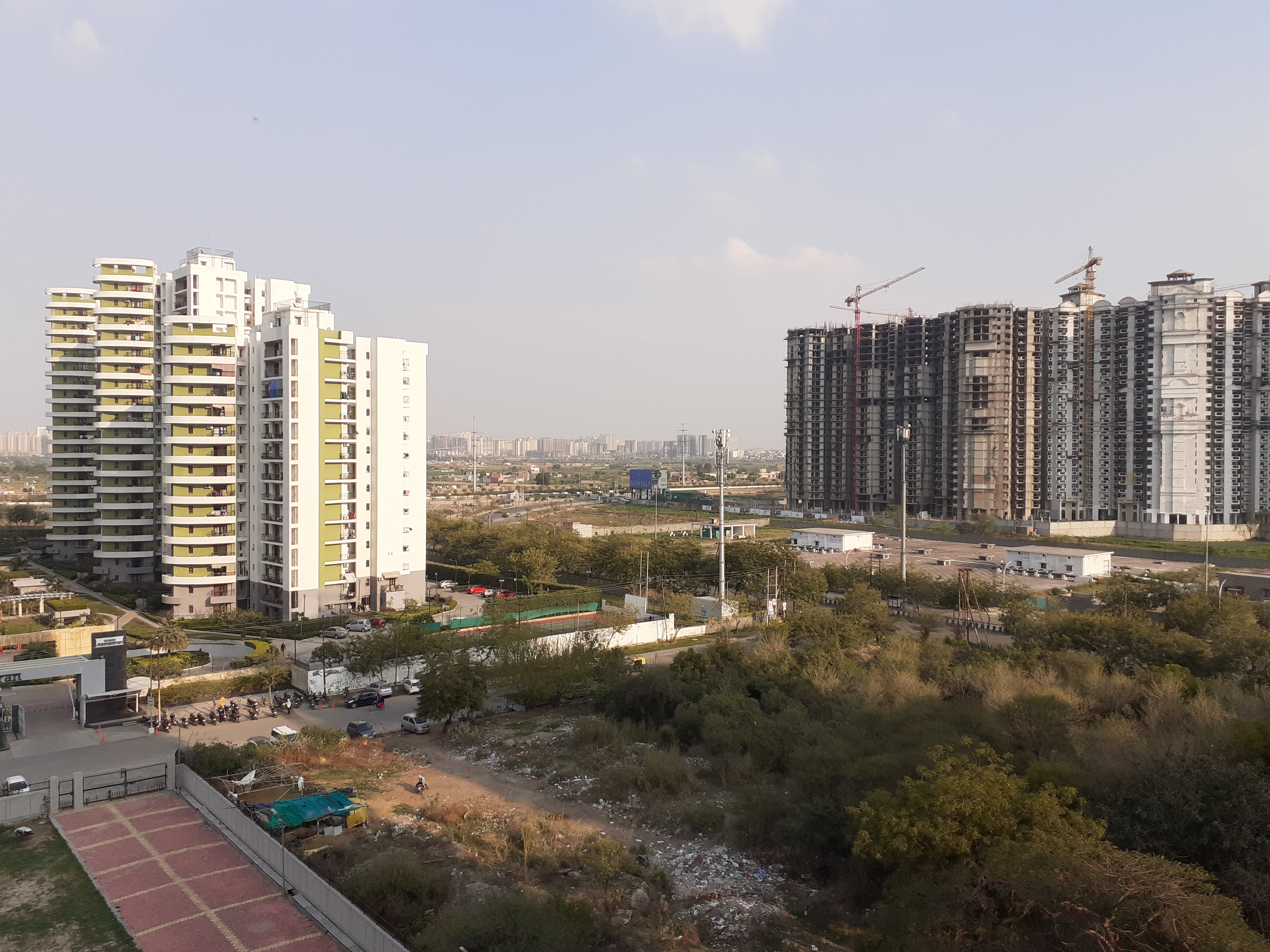
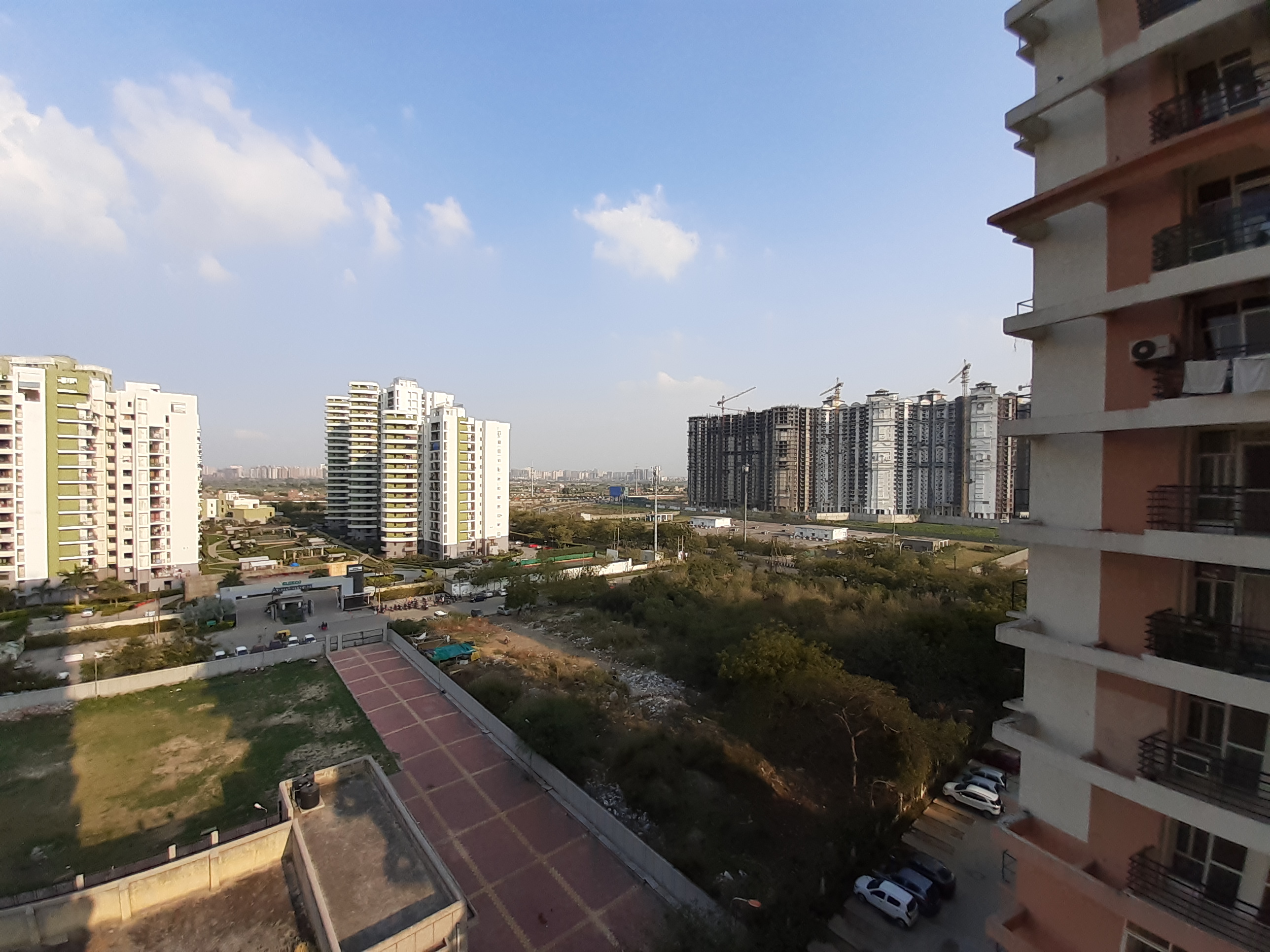
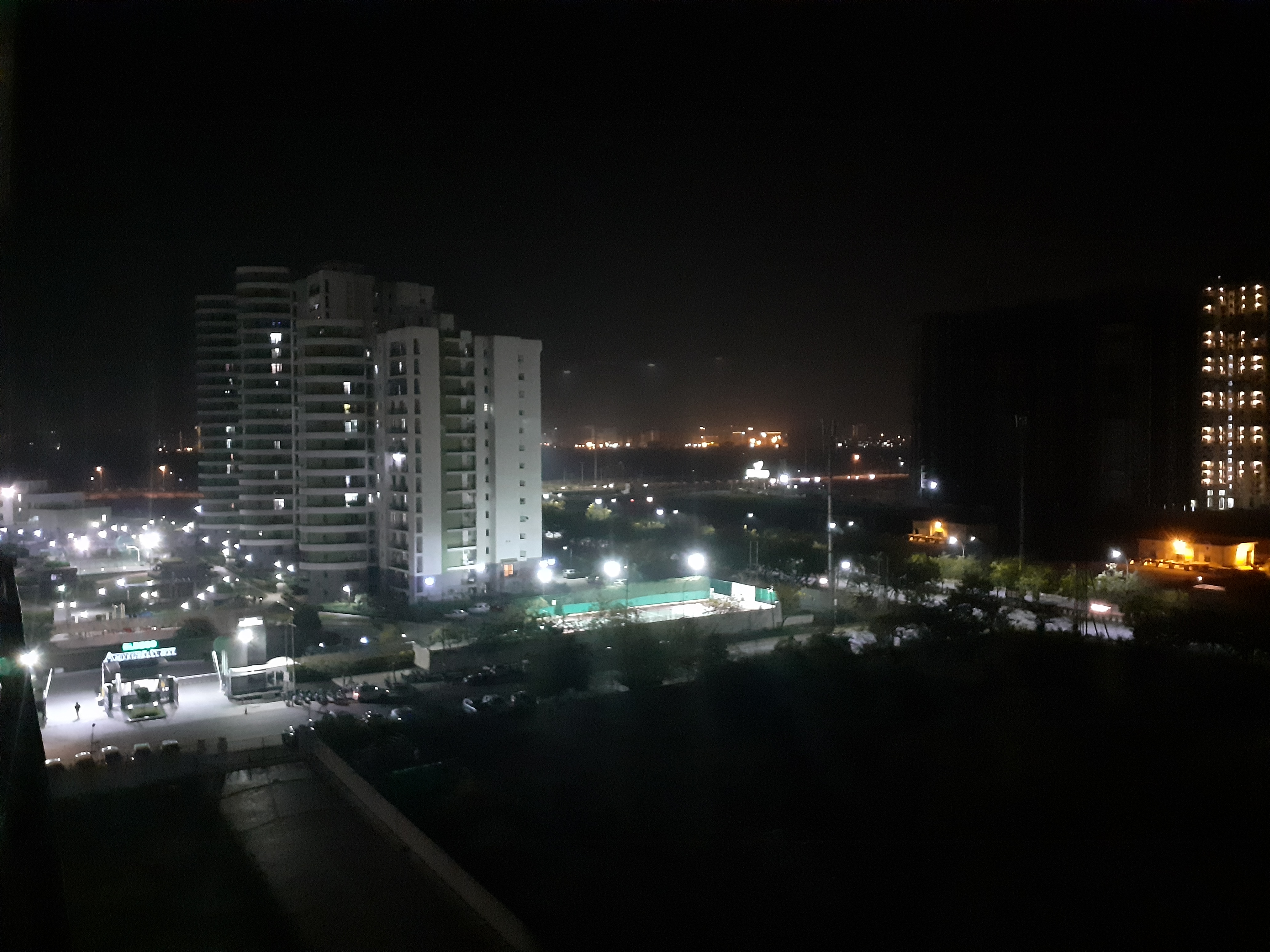

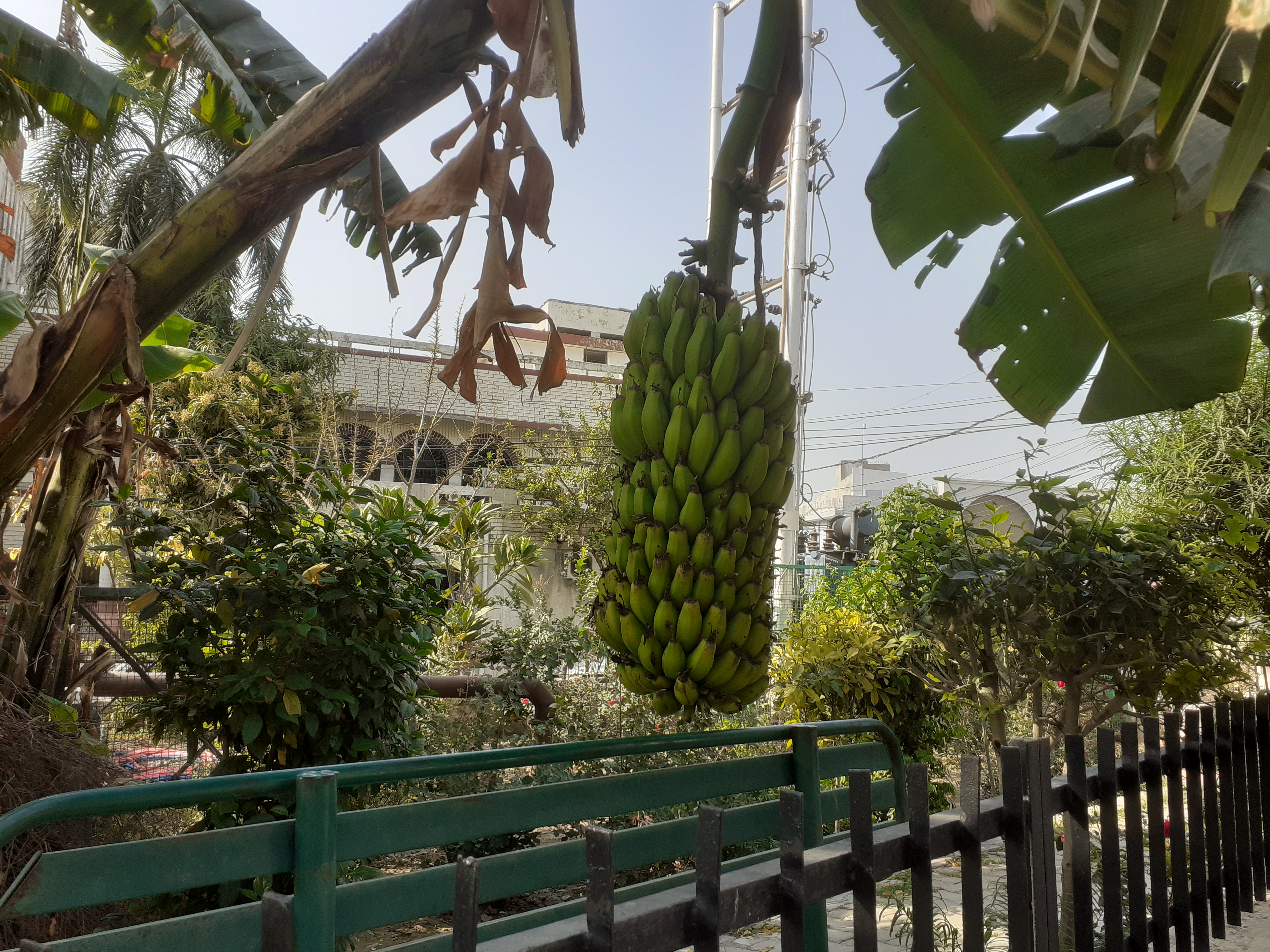
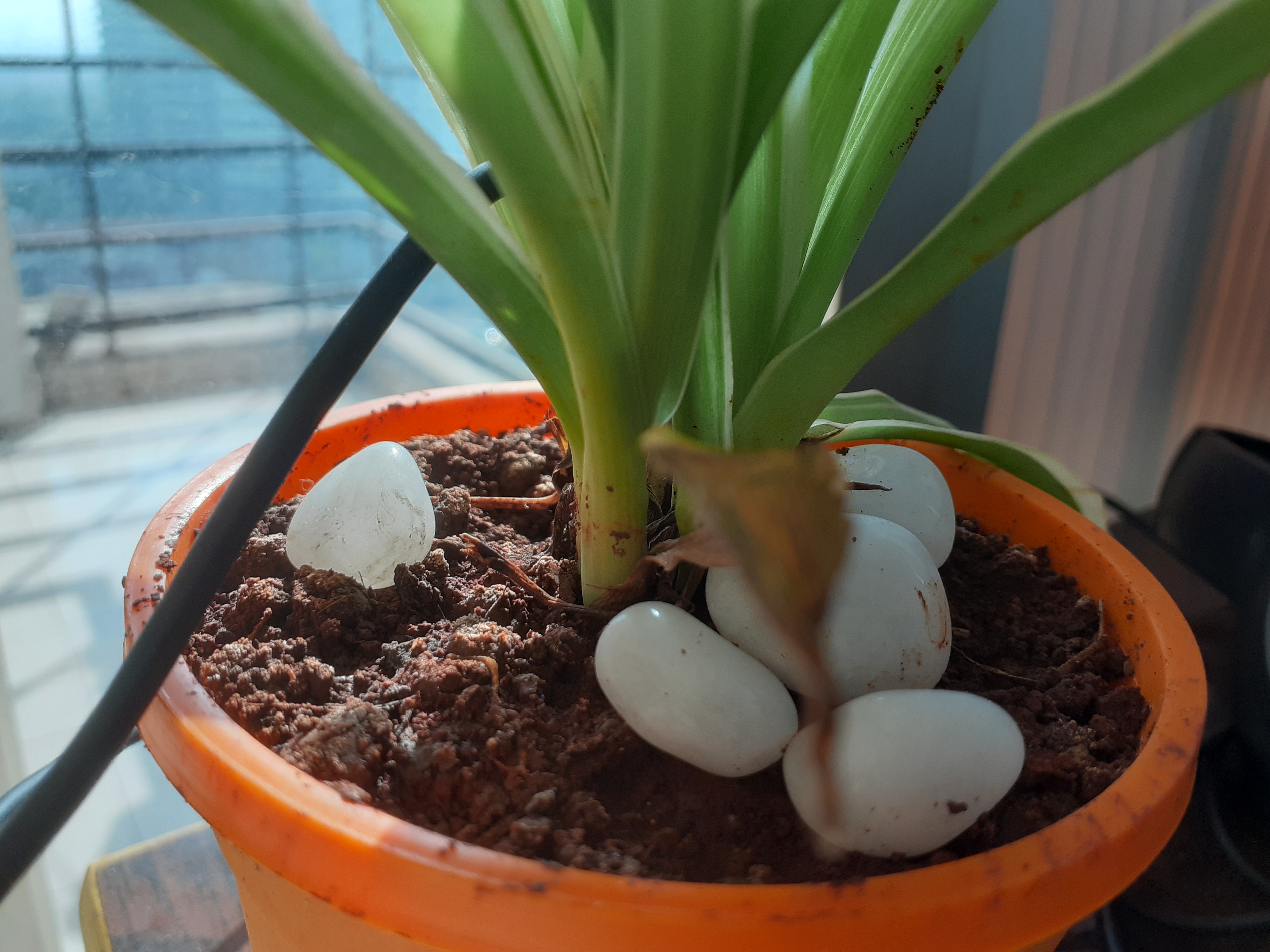
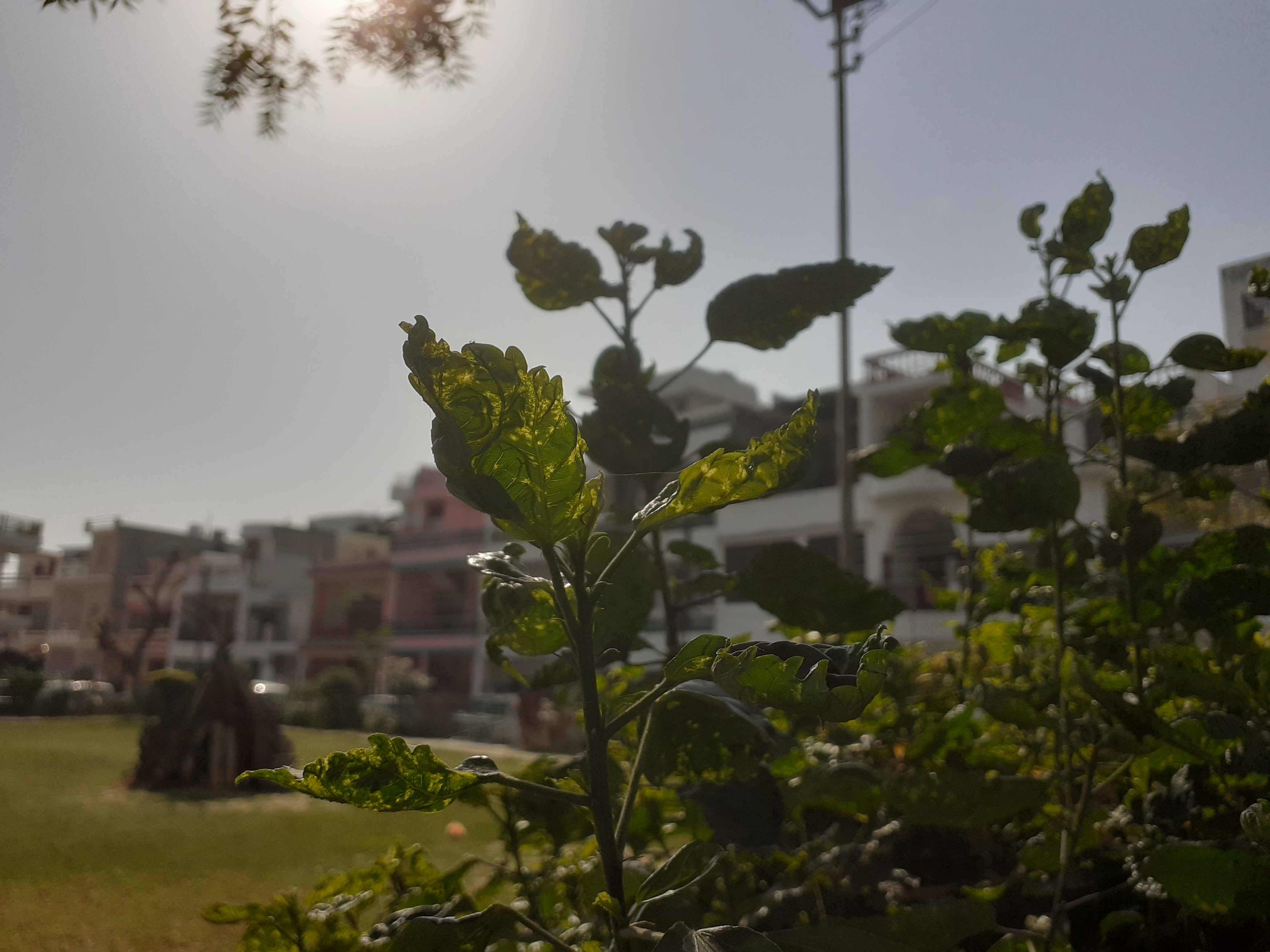

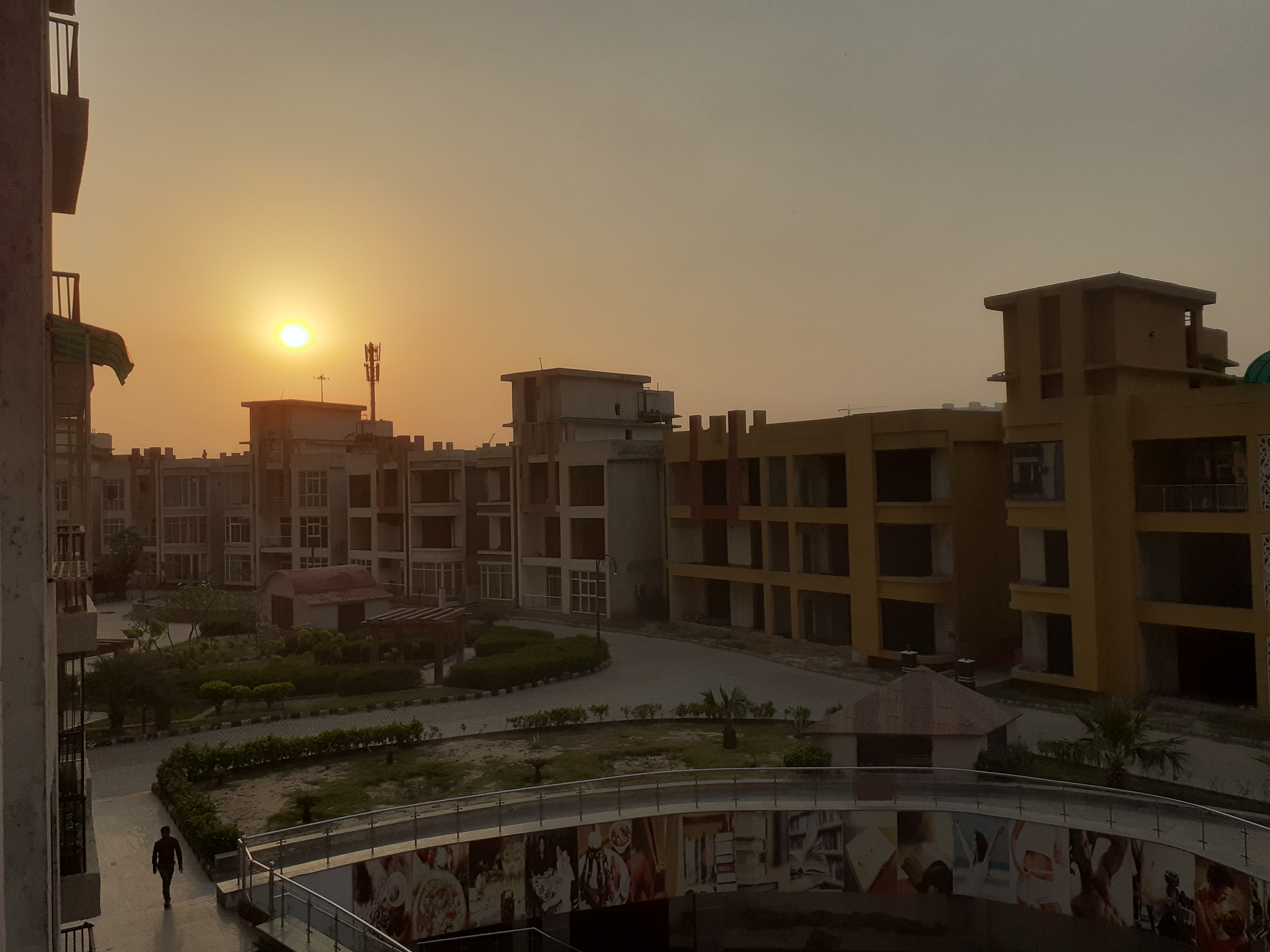
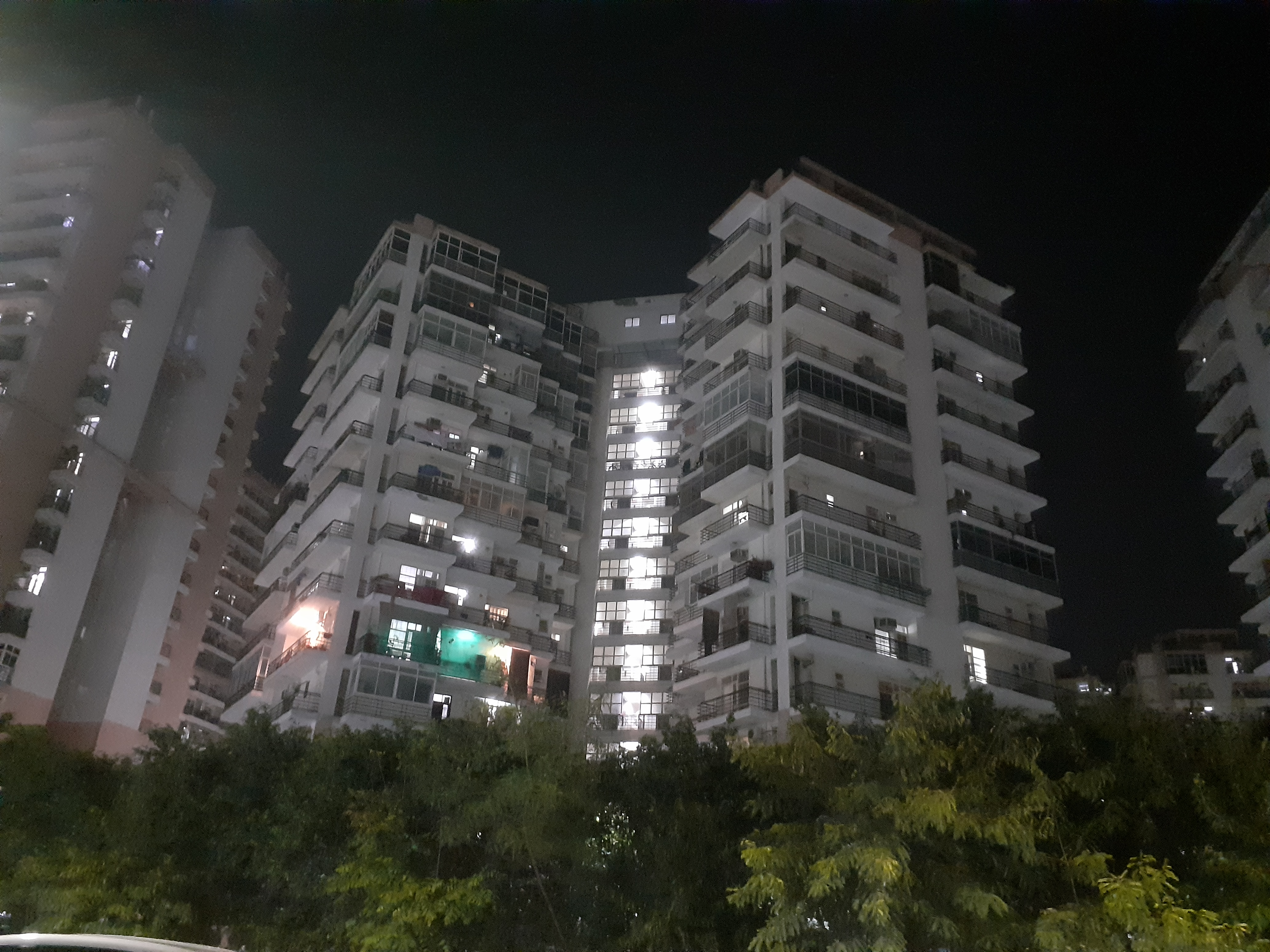



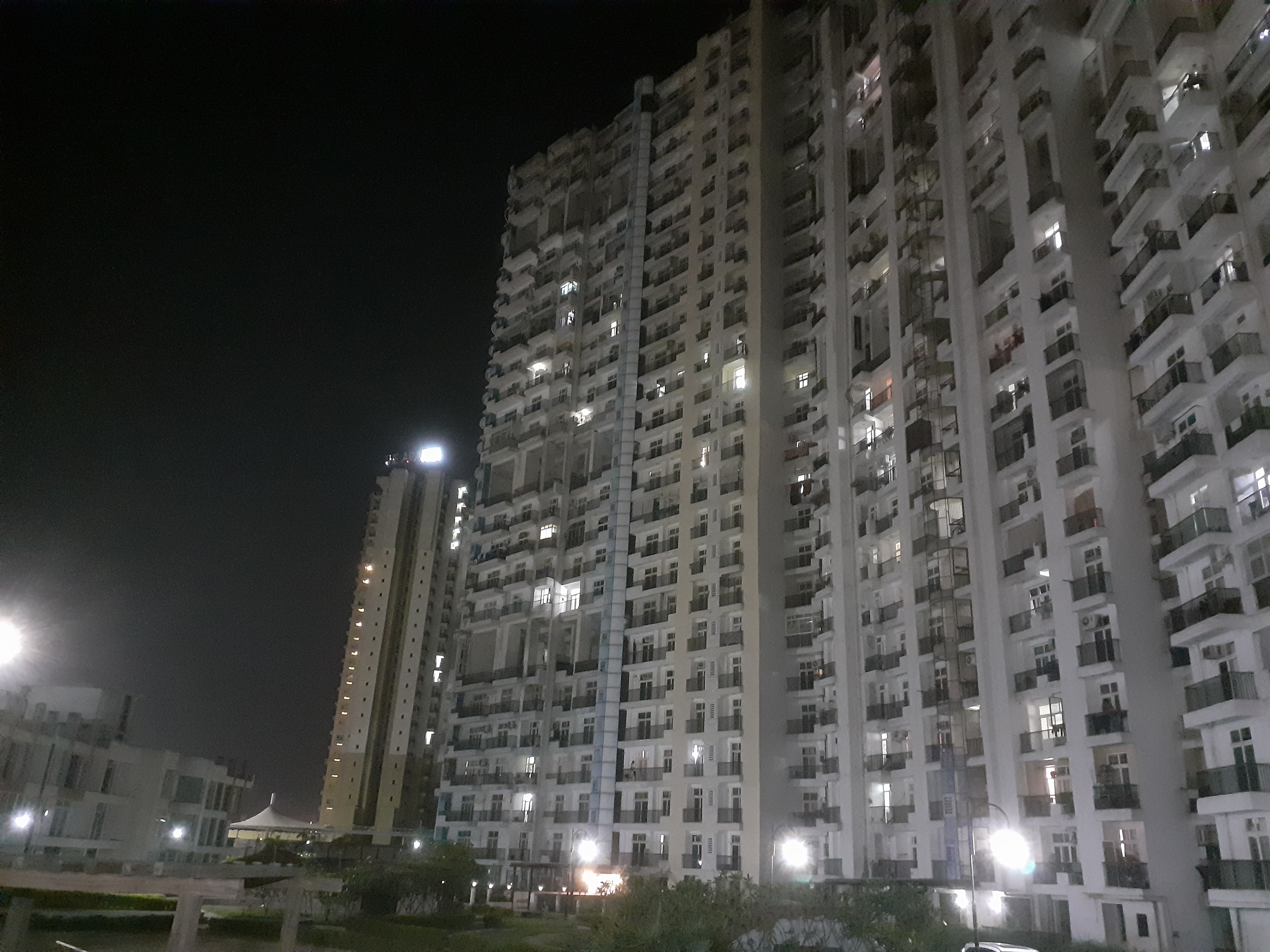



- 1
- 2
Current page: Introduction, Design, Display and Camera
Next Page Performance, Battery life and Verdict- Siddharth Chauhan is the Consumer Technology Reporter at Digit India. He used to work as an Assistant Editor at TechRadar India
